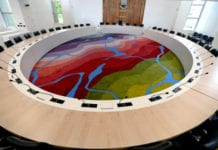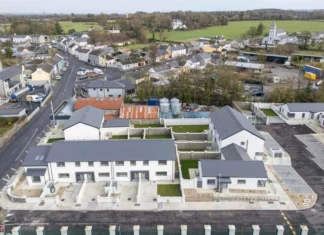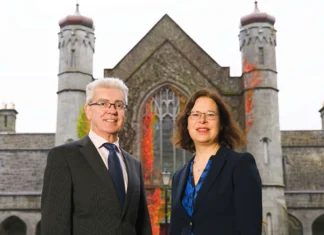The National Parks and Wildlife service has secured €4.3 million in EU funding for the conservation of the Corncrake in the west of Ireland.
Once widespread across Ireland, Corncrake populations have declined by 85% since the 70s, and it is now mostly confined to Connacht and Donegal despite recent conservation efforts.
These have had some success, with the number of adults males increasing by 8 percent in 2018 to 151. These included 20 males recorded in Connemara.
The additional funding for these efforts is coming from the EU’s LIFE programme, which assists large scale projects which have a regional or local focus.
Together with the €4.3 million from the EU, the ‘LIFE Atlantic Crex’ project to conserve the Corncrake has a total budget of €5.9 million, and is due to get underway in January 2020.
The project will run for five years, during which time it aims to increase Corncrake numbers by 20 percent through targeted interventions in Galway, Mayo, and Donegal.
This joint effort will involve the Department of Agriculture, Food and the Marine, Údarás na Gaeltachta, Galway-Mayo Institute of Technology and Fota Wildlife Park, NPWS, and local landowners.
Minister for Culture, Heritage and the Gaeltacht Josepha Madigan, whose department is responsible for the NPWS, said the decline in Corncrake numbers is a “significant conservation concern” in Ireland.
“Conserving species in their natural habitats requires a strategic approach to succeed,” the Minister said.
“I am committed to this project, which demonstrates synergies between my Department’s strategic goals of protecting our natural heritage and facilitating sustainable development of island and rural communities.”
Minister of State for the Gaeltacht and Islands Seán Kyne added “the National Parks and Wildlife Service is to be commended for their conservation work, particularly in this area.”
“This EU Life funded project is a vital lifeline and will enable the NPWS to deliver on the conservation objectives to secure the future of this iconic breeding bird in rural Ireland.”
image credit: Richard Wesley













